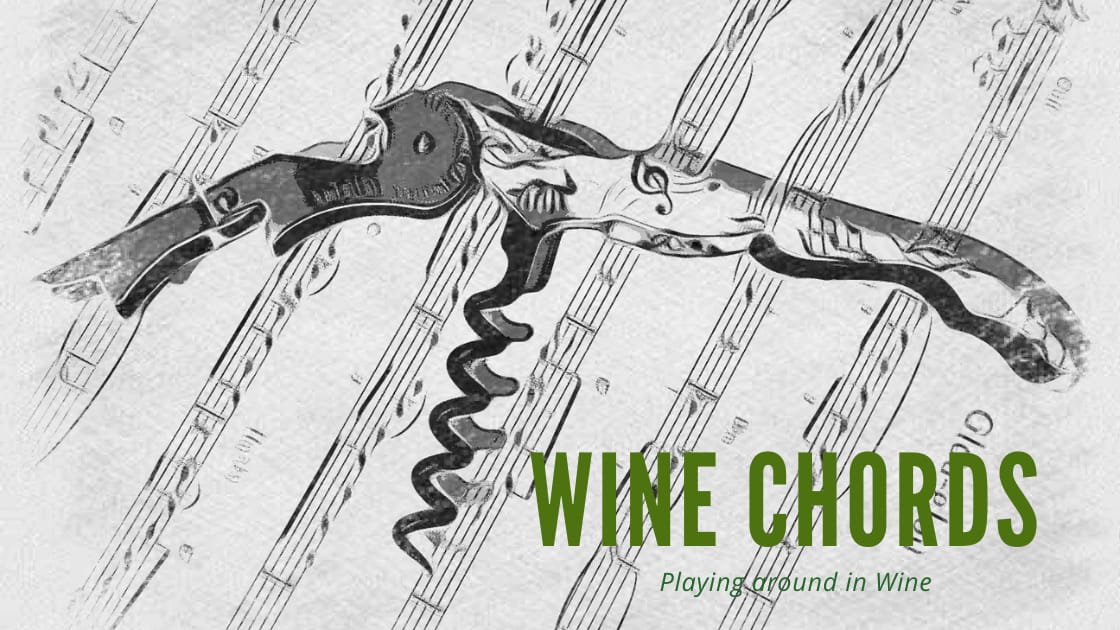Primitivo is one of Puglia’s most prominent grapes. We haven’t focused much on primitivos on this blog. I don’t know, it’s maybe easy to ignore the often slightly warm wines from this corner of Europe and Italy. This remarkable wine I enjoyed at the excellent restaurant and natural wine bar Brawn of London East. (Read about it here.)
Primitivo is an early ripener, hence the name. The Gioia del Colle plateau, with its sea winds and cool nights, is one of the most favoured terroirs. We are 400 meters above the plains where all the boring stuff originates. It’s up here that we find Cristiano Guttarolo, who works his 1.5 hectare vineyard (biodynamically. The vines here are planted on a base of limestone and clay. Fermentation is done with natural yeasts in stainless steel fermentation tanks. Maceration is carried out for 16 days and aged in steel. Bottling is without clarification, filtration or the addition of sulphur dioxide.
Lamie delle Vigne 2014 (Cristiano Guttarolo)
Very dark, young colour. Aroma of berries from the woods (blueberry), and also berries bathed in the sun, and a salty minerality. Round and tasty in the mouth, with a good acidity for a Puglian wine. A hint of volatile acidity maybe, but in tiny quantities it’s ok, as it adds to the freshness in a southern wine like this.
Price: Medium
Food: At Brawn’s it came with their magnificent crispy and tasty black pudding. But it goes to a variety of light meat, salads, vegetarian, vegan and light desserts.
Leave a Comment














